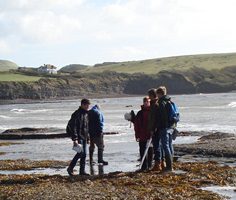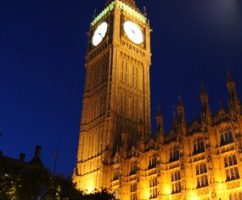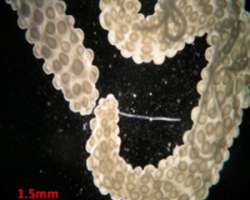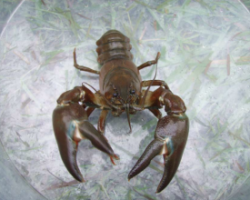
Podcast: #policylates debates – do we need more scientists in Parliament?
Next Thursday we will be holding the first ever Society of Biology #policylates debate, ‘Do we need more scientists in Parliament?’ If the results from our website poll are anything to go by then the answer would be a resounding yes. To find out if the answer is really this clear cut, Press Officer Rebecca Nesbit investigates in this podcast. She speaks to guests about the advantages and pitfalls of having more scientists in Parliament, science policy and the #policylates debate series. We will be live tweeting as @Society_Biology at the event next Thursday 29th November from 7pm using the hashtag #policylates and will be taking questions to put to the panel. If you have any questions or views to share please comment below or join in the discussions already taking place on the Society of Biology LinkedIn group or our previous blog. Rebecca’s podcast guests were: Harry Dayantis – Imperial Science Communication graduate Dr Jennifer Rohn – Cell biologist, novelist and founder and Chair…





